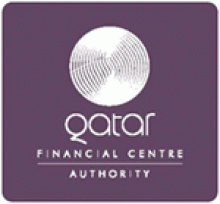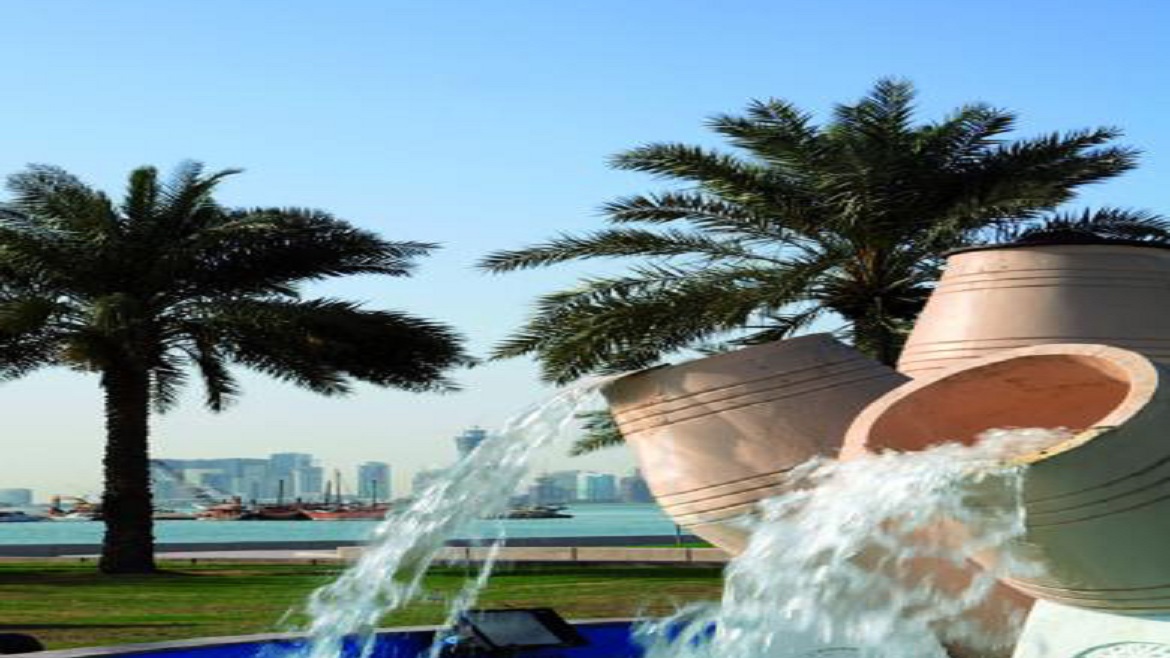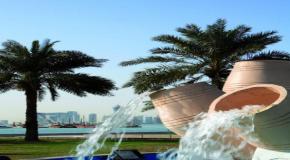Over the next decade, as the GCC population soars by 30% to over 50m people, the Gulf region will see an increasing strain on its supplies of electricity, food and water. The ways in which the region faces up to these challenges will have a major impact on its prosperity and quality of life, not only in 2020 but in the decades to come. This report addresses the outlook for these key resources in the next decade, and explores policy options to ensure that supply keeps up with demand. The report also addresses the challenges in carrying out such policies, including funding massive new infrastructure and shaping public attitudes to encourage conservation. Many of these challenges are well known to the region's governments, which have already started to take the needed steps. While much remains to be done, the young populations and significant capital resources of the GCC states are key advantages.
The GCC in 2020: Resources for the future is a research paper written by the Economist Intelligence Unit. It was sponsored by the Qatar Financial Centre (QFC) Authority in the interest of promoting informed debate. The Economist Intelligence Unit bears sole responsibility for the content of this report.
Over the past ten to 12 years, the Gulf Co-operation Council (GCC) region, which comprises Bahrain, Kuwait, Oman, Qatar, Saudi Arabia and the United Arab Emirates, has undergone rapid economic, demographic and social changes. Since 1998, the GCC’s real GDP has expanded by an annual average of 5.2% and by a cumulative total of 65%. Meanwhile, the population has risen from just over 28m in 1998 to an estimated 39m in 2008.
The recent boom has focused world attention on the GCC economies—not only as exporters of oil and gas, but as investment destinations with major infrastructure projects, booming tourism and financial services sectors. As US economic growth has slowed, GCC investors have begun to diversify their assets more widely, making investments in Asia, Africa and within the Gulf region itself. Industrialising economies in Asia are intensifying their trade links with the Gulf and some of the world’s poorest countries have become increasingly dependent on remittances from the millions of foreign workers transforming the skylines of Gulf cities.
The seizure in global financial markets, the recent fall in the oil price and the economic slowdown in key trading partners are all beginning to have an effect on the GCC economies. Yet over the next decade or more, strong economic growth should be underpinned by the GCC’s demographics and energy advantages and by a range of major investments that are already underway.
This report is the first in a series that examines likely themes in the development of the GCC economies through to 2020. In the first report, we look at the role that the GCC will play in the global economy. Subsequent reports in the series will examine the impact of demographic change in the region; the prospects for diversification into non-hydrocarbon industries; and food, water and power security in the GCC.
Key findings of the first phase of our research on the GCC and the global economy include the following:
- The GCC will grow in importance as an economic and trading hub. In 2020, the GCC is projected to be a US$2trn economy, providing nearly one-quarter of the world’s oil supplies as well as increasing quantities of petrochemicals, metals and plastics. As economic weight gradually shifts southwards and eastwards, emerging markets will become increasingly important trading partners and investment destinations. Gulf investors and sovereign wealth funds are likely to diversify their assets into Asia and Africa, and the region is likely to export more of its oil to industrialising countries.
- There is likely to be closer economic and political integration between GCC countries. Under our core scenario, the GCC is likely to continue gradual efforts at economic integration, including a single currency, a single central bank and greater harmonisation of legal and regulatory environments.But political will is key. Economic integration will depend on good political relations, but will take precedence over political integration. Development of a common foreign policy or a strengthening of shared security forces remains a longer-term project.
- Monetary union will be in place and there may be a shift from the dollar peg. By 2020, it is likely that the GCC countries will peg their common currency to a trade-weighted basket of currencies,although one or two states may opt out. Any such basket will be heavily weighted towards the dollar—unless there is a global shift away from the practice of trading oil in dollars. Commodity prices (e.g. foroil and gold) may also be included in the basket.
- There will be a greater focus on manufacturing. Production of hydrocarbons in the GCC could rise substantially by 2020, but one likely trend is that the region will be seeking to export a smaller proportion of its oil as crude – a low value added commodity that offers few employment opportunities. Instead, GCC states will aim to turn more of their oil into refined products or petrochemicals, and to use their oil and gas resources as feed stocks for industries that will add more value and provide more jobs. However, the GCC will remain dependent on foreign labour by 2020 despite a range of efforts to encourage the employment of nationals.
- GCC spending on food imports is projected to more than double from US$24bn in 2008 to US$49bn by 2020. An important reason for this growth in imports is water scarcity, which means that domestic agricultural production tends to be costly. Between now and 2020, GCC countries will explore wide-ranging purchases of agricultural land in regions such as Africa, Central Asia and Southeast Asia, in order to strengthen food security. While these investments could boost agricultural production in poor countries, there is a risk of political backlash, especially in times of food shortages.







